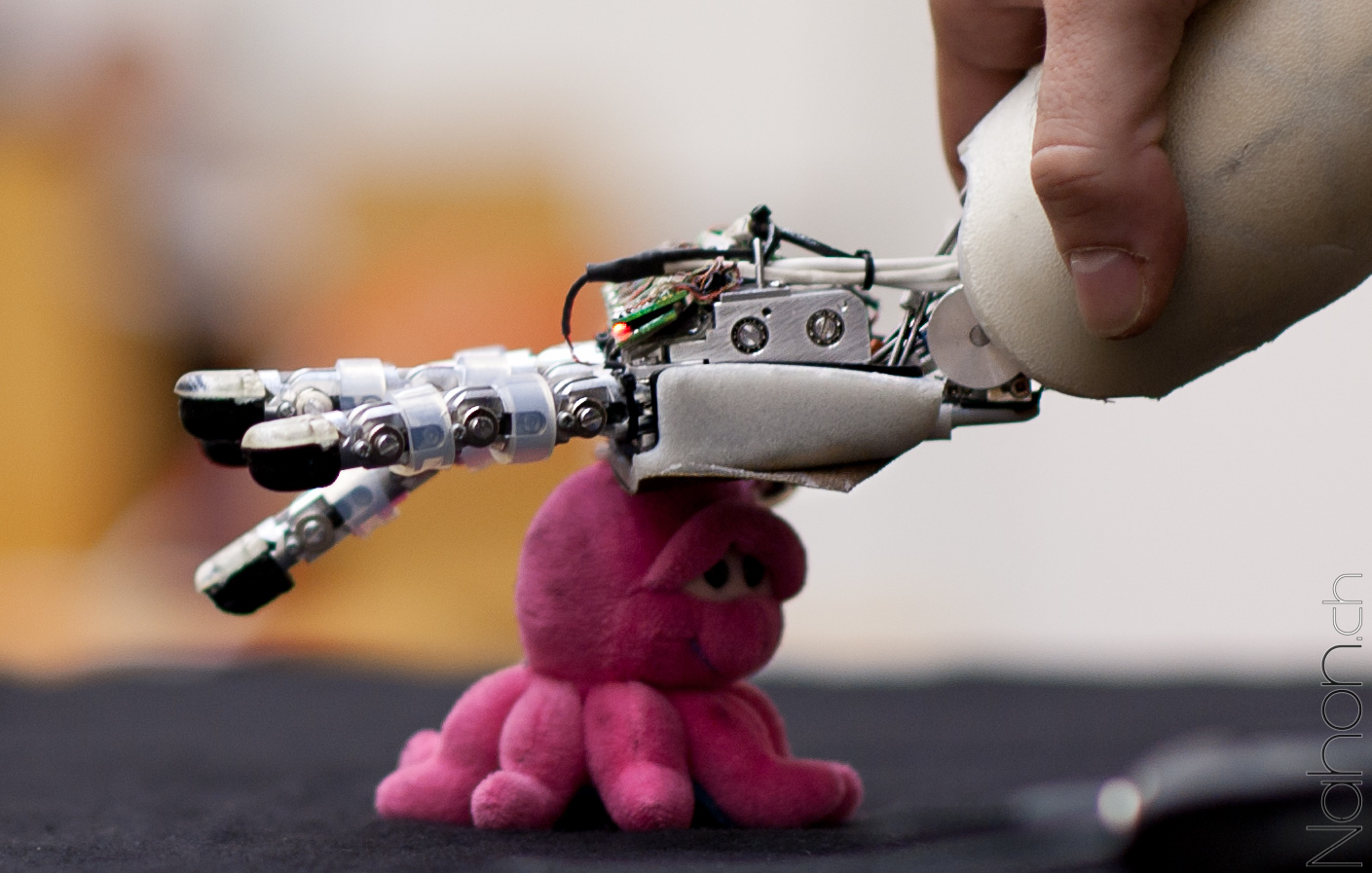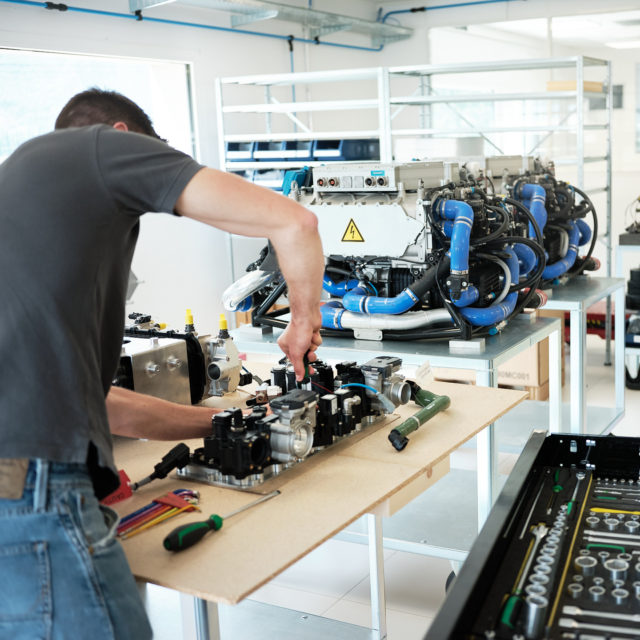As photographers we rarely/sometime/often feel an urge to purchase new gear. And as Christmas draws near the temptation might be even greater. For better photographs?
First of all, whether or not you’ll buy new gear will depend on what you do with it, how often you’ll use it and if you can afford it. I won’t talk about pros needing new equipment as I hope they know what’s good for them.
If you do photography as a hobby, the most important thing to consider (In my opinion) is the pleasure you’ll have using this new piece of equipment and looking at your pictures. Try also to think how often you’ll use it.
What new equipment won’t do
You have to understand that gear won’t make you any better at photography, maybe even worse. The more equipment you’ll have, the more complicated it becomes to choose the right tools. If you don’t have the experience you might even miss opportunities.
If you want to start photo or if you’re just getting started.
If you start out photo you’ll want to be limited. It seems strange (and misleading), but being restricted is a good starting point. Lots of photographers have made an entire career with just a couple of lenses, such as Cartier-Bresson and his legendary 50mm lens. It will teach you how to move, how to see and will enable you to master at least one focal length (i.e. Angle of view). So, try out a fixed focal length even if it’s more difficult. (You can do so either by not touching the zoom ring/control or by investing in a fixed focal lens for DSLRs)

If you don’t have any equipment yet, you’ll need to know which brand and what equipment are right for you. If you want compactness, go with a compact. If you want huge zooms with so-so image quality, you’ll want bridges. If you want high image quality in a small package, hybrids are great. And finally if you want image quality as well as comfort when using it, the DSLRs are king.

For DSLRs, there is always some sort of war between Canon and Nikon fans. But honestly you can’t go wrong with either. As for Pentax, Sony, Olympus, etc you might want to check out the different lenses available. You don’t want to invest a lot in a system where you can’t find what you need.

Also, don’t be caught up by marketing.
- -A swivel screen seems wonderful at first but it is also one more way to break your camera.
- -Megapixels(Mpix) are not that important. Six Mpix is enough to print an A3 image for example. The more Mpix there is, the more place your pictures will take on your harddrive. And the so-called HD resolution on your TV is only slightly more than 2Mpix, think about that if all you’ll do is watching your pics on a screen.
- -High ISO performances are great. However, by investing in the right lens (50mm f/1.4 for less than 500 CHF) you can get 16 time more light than with some kit lenses. It’s the difference between ISO 1600 and 25600. 1600 ISO is alright with every new camera and 25600 is awful with basically all, even the bests.
- -High burst rate is only useful for certain applications, such as sports. And what’s even more important than the burst rate, is how long you will be able to shoot at maximum speed. If you can shoot only one second and have to wait five more for writing, it’s more or less useless.
- -Very large zoom range (10x or even more) comes with huge compromises in optical quality. Pro zooms have only 3x at maximum (and have large constant apertures).
- -Fast memory cards are very expensive. If you don’t shoot in burst mode (aka machine gun/sewing machine mode), don’t do HD video and don’t have to deliver files quickly, save some money and buy something slower.
- -Vendors have a tendency to sell very large memory cards. Most of the time, you’ll be better off using smaller memory cards. First because they are less expensive. And if you lose one, you’ll still have the rest.
- -UV Filters: Except for very dirty environment and/or with lots of projections, I wouldn’t recommend one. Instead, learn how to clean your gear. Your lens hood is the most useful protection for the front element most of the time.
If you already have a system
You want to buy something new but you’re still not sure. You’ve seen wonderful pictures taken with this new equipment. But does it mean it’s right for you? Most of the time it isn’t and marketing is the only thing that pushes you into buying it. Only if you’ve seen and experienced true limitations with your current gear, you might need to get new stuff. Don’t consider buying exotic glass such as tilt shift, ultra wide angles (below 20mm on full frame), very fast lenses (except the mighty 50mm f/1.4), long telephoto lenses and fisheye as they all cost a lot, are very specific in use and are hard to justify for non-pros most of the time.

Avoid kit lenses at all cost, it won’t change anything in your photography.
There is also a general belief that the better the image quality the better the camera. It might be true in certain conditions but certainly not every time. For example, I would take a D2X over a D5100 anytime (except for high ISO maybe) simply because the D2X is a working tool while the D5100 is more like a toy. In fact, what you pay for in a camera isn’t just the quality of the sensor but how well the camera is designed, how responsive, how tough it is, etc. Nowadays even entry level cameras have a much better sensor than even 5 years old pro cameras. There is no more excuses to produce technically bad pictures.

In any case
What you want to do in any case is trying the new equipment before buying it.
- -Does it feel right in your hands? I’ve grabbed Nikon over Canon almost exclusively based on this aspect. The other way around might be true for you. If you like using it, you’ll make better pictures. Even if it’s an old Holga with a leaking back.
- -Does it performs well? (Sharpness, Distortion, Auto-focus, Bokeh aka Blur, etc) You might want to have a look at sites such as photozone.de or dxomark for optics. For bodies, you have to test it for yourself in terms of handling.
You will also want to see if you can find a good deal buying second-hand. Some time you can get real bargains. Optics won’t decrease too much in price over time while bodies drop in price very fast. You can get a two generation old expert camera for less than an entry current generation camera. Be careful though with second-hand bodies as they might be close to fall apart when used too much.
You still have unanswered questions? Just ask! I’ll be glad to answer them.




